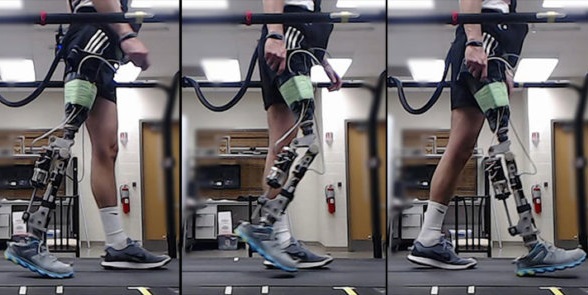On January 16, a team of researchers published in IEEE Transactions on Cybernetics an exciting new application for AI: helping those who have to rely on prosthetic limbs.
The same technique that was used by DeepMind for their AI to defeat human chess and AlphaGo masters, reinforcement learning, was applied to help adjust a robotic limb. Why is this so exciting? It’s because, even though this is a new application, it has already shown significant time savings for the process.
“Normally, human technicians spend hours working with amputees to manually adjust robotic limbs to work well with each person’s style of walking.
By comparison, the reinforcement-learning technique automatically tuned a robotic knee, enabling the prosthetic wearers to walk smoothly on level ground within 10 minutes,” according to IEEE Spectrum.
Also read: ✍This Robot Hand Is The Next Best Thing To A Human One✍
“If you wanted to make this clinically relevant, there are many, many steps that we have to go through before this can happen,” said Helen Huang, one of the leading scientists.
As with all exciting AI applications, development time is not initially short, as the algorithms require a big data set for training. In this case, AI has to go through a challenge similar to a human who first tries to skate or ski, adapting to a foreign body.
Of course, once that initial hurdle is overcome, things progress at a breakneck pace and revolutions happen. In the case of medicine and prosthetic limbs, those revolutions cannot come soon enough.
Also read:✍Google And GSK Are Working Together On Bioelectronic Medicine For Diabetes✍
Follow TechTheLead on Google News to get the news first.























